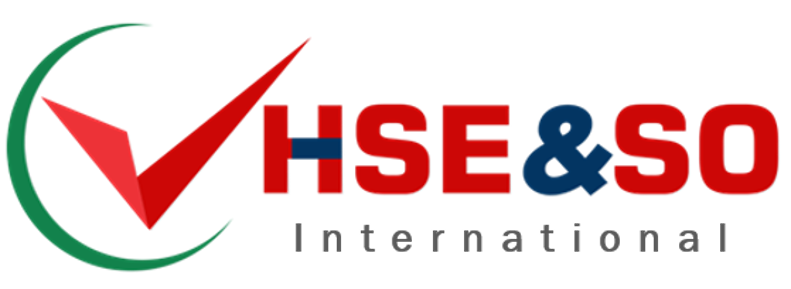Over the past decade over the past decade, millions of businesses and organizations have adopted the Web as a cost-effective method to connect with customers and conduct business. This includes the use of web-based software that store and collect data such as customer data submitted via content management systems, shopping carts inquiry or submit forms and login fields.
Because these applications are connected to the Internet and can be accessed from anywhere in the world They are at risk for hacking attempts that exploit vulnerabilities in the application’s infrastructure. SQL injection attacks which exploit weaknesses in databases, can cause damage to databases that contain sensitive data. Attackers can also exploit a foothold gained by breaching the security of a Web application to detect and access other vulnerable systems on your network.
Cross Site Scripting (XSS) is another well-known Web attack type. This exploits weaknesses in web servers to inject malicious code into web pages. The script then executes within the victim’s browser. This enables attackers to access to confidential information or redirect users to websites that offer phishing. Web forums, message boards and blogs are particularly susceptible to XSS attacks.
Distributed denial of service attacks (DDoS) are when hackers band together to bombard a site with more requests than it is able to handle. This can cause the web page to slow down or completely shut down that compromises its ability to handle requests and make it unusable for all users. DDoS attacks can be devastating to small-scale businesses, such as local bakery or restaurant that rely on their websites for operations.

Sin comentarios